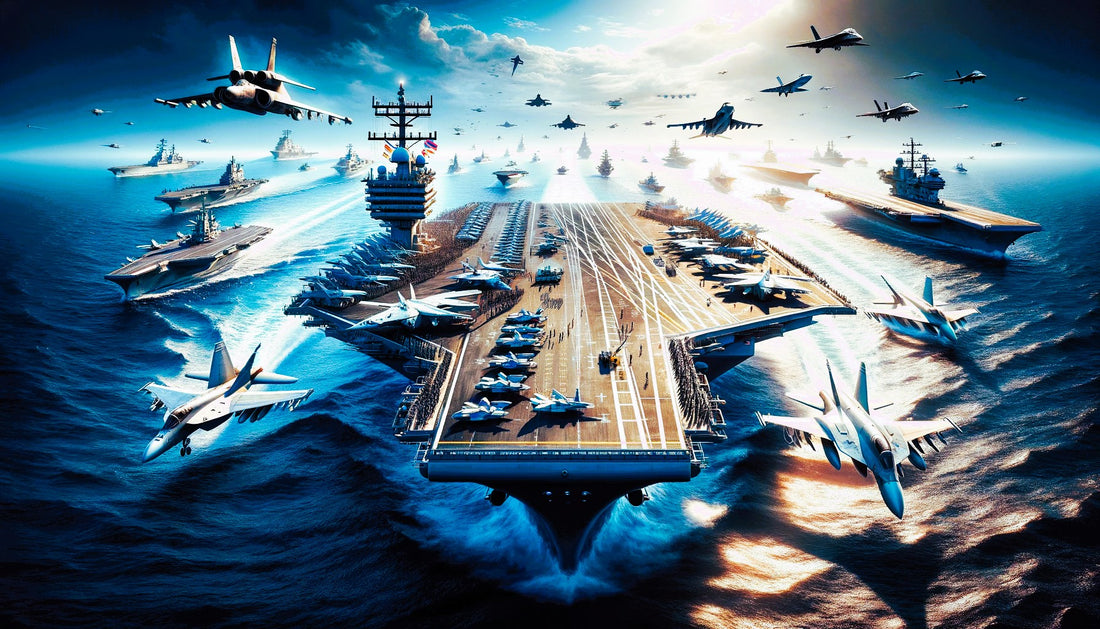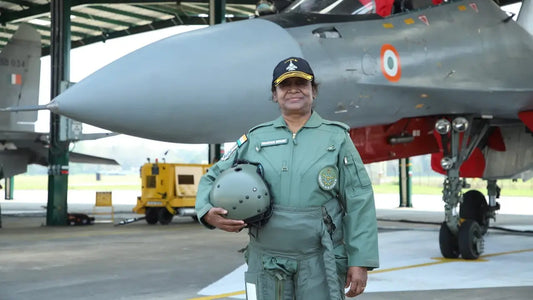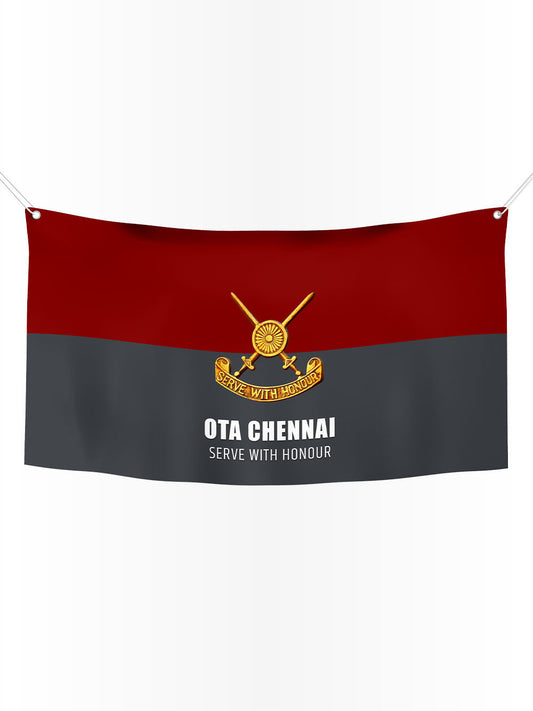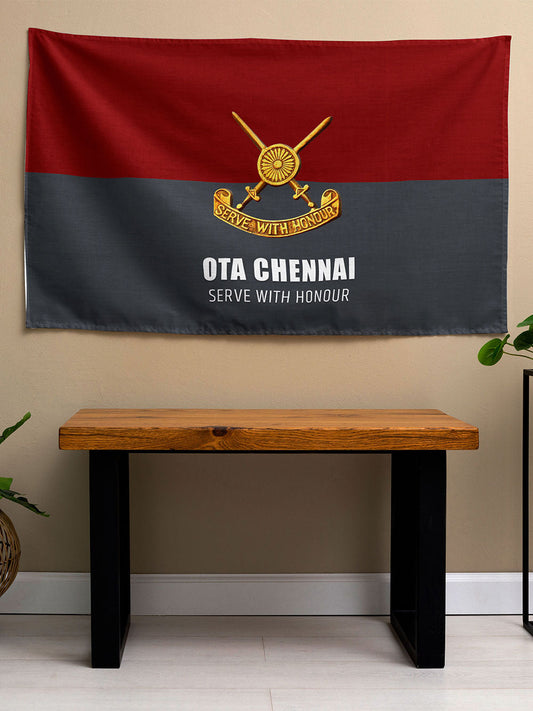Top 15 Aircraft Carriers Worldwide: A Comprehensive Guide to Modern Naval Power

Aircraft carriers have revolutionized naval warfare, serving as massive floating airbases that project military power and national prestige. These impressive vessels have reshaped maritime defense tactics and symbolize the technological capabilities and strategic objectives of the countries that deploy them. The USS Gerald R. Ford Class, along with the revolutionary TCG Anadolu, the world's first drone carrier, exemplify the highest level of naval advancement, capable of launching sophisticated aircraft and executing a range of missions from warfare to humanitarian operations.
The USS Gerald R. Ford Class stands at the apex of aircraft carrier design as the largest and most advanced carrier to date. Commissioned in 2017, this American vessel weighs in with a displacement of 100,000 tons, stretches 337 meters long, and employs an electromagnetic aircraft launch system for enhanced efficiency. Capable of carrying over 75 aircraft and powered by dual nuclear reactors, it reflects the United States' intent to maintain its naval dominance, armed with RIM-162 Evolved Sea Sparrow missiles and Phalanx close-in weapon systems.
The Nimitz Class follows closely as a cornerstone of the U.S. Navy, known for its reliability and substantial operational scope. With a displacement of 97,000 tons and a 4.5-acre flight deck, these nuclear-powered carriers support over 60 aircraft and accommodate up to 5,200 crew members. Meanwhile, rising naval forces like China are closing the gap with carriers such as the Fujian, launched in 2022, which utilizes advanced electromagnetic catapults and a flat-top deck, underscoring China's ambition to compete with global naval powers. Other carriers, including the UK's Queen Elizabeth Class and India's INS Vikrant, demonstrate the varied and dynamic growth of naval capabilities worldwide.
This in-depth overview examines the top 15 aircraft carriers globally, detailing their features and the nations that operate them.
1. USS Gerald R Ford Class (CVN-78)
The USS Gerald R Ford Class represents the pinnacle of aircraft carrier technology. Launched in May 2017, the class's lead ship, USS Gerald R. Ford, has revolutionized naval warfare.
Must Read: Top 9 Intelligence Agencies of US
With a length of 337 meters and a beam of 78 meters, these carriers have a total load displacement of 100,000 tons. The flight deck is equipped with an electromagnetic launch system and advanced arresting gear.

The USS Gerald R. Ford carries over 75 aircraft and can host 4,539 personnel. Its twin nuclear reactors empower it with formidable weaponry, such as RIM-162 Evolved Sea Sparrow missiles and Phalanx CIWS.
This class exemplifies the technological and engineering strength of the U.S. Navy.
5 Best Attack Submarines in the World
2. Nimitz Class, USA
The Nimitz Class ranks as the second-largest aircraft carriers worldwide, named after Fleet Admiral Chester W. Nimitz. These nuclear-powered carriers have supported the U.S. Navy for decades.
The first ship, USS Nimitz, was launched in May 1975, while the tenth, USS George H.W. Bush, was commissioned in January 2009.

These carriers have a displacement of 97,000 tons and are 332.8 meters long, with a flight deck that can hold over 60 aircraft. The Nimitz Class carriers house between 3,000 to 3,200 crew members, along with 1,500 from the air wing and 500 additional staff.
Powered by twin nuclear reactors, they can exceed speeds of 30 knots, reinforcing the United States' naval superiority.
11 Best Sniper Rifles in the World
3. Queen Elizabeth Class, UK
The Queen Elizabeth Class are the largest warships built for the UK Royal Navy, earning the rank of the third-largest carriers globally. They herald a new era of naval strength for the United Kingdom.
The first vessel, HMS Queen Elizabeth, was commissioned in December 2017, followed by HMS Prince of Wales in December 2019.

With a displacement of about 65,000 tonnes and measuring 280 meters long, these carriers can host up to 40 aircraft, including 36 F-35B jets and four Merlin helicopters.
These vessels are equipped with advanced technologies and require a crew of 679 for combat operations, reflecting the UK's dedication to maintaining a strong naval presence.
4. Fujian, China
China's growth as a naval power is marked by its advanced aircraft carriers. The Fujian, launched on June 17, 2022, is China's third carrier and positions the country as second only to the U.S. in carrier numbers.
Named after the coastal province of Fujian, this Type 003 carrier is more advanced and efficient than its predecessors.

With an 80,000-ton displacement, Fujian measures 316 meters long and 76 meters wide. It features an electromagnetic catapult system, replacing the ski ramp used by Liaoning and Shandong.
Its flat-top flight deck facilitates smooth operations, allowing Fujian to carry various aircraft, establishing China as a formidable naval power.
Top 5 Fastest Missiles in the World
5. Liaoning, China
Liaoning is China's first aircraft carrier, marking a significant milestone in its naval history. Initially a Soviet Kuznetsov-class carrier, it was acquired by China after the Soviet Union's collapse in 1991.
With a length of 304.5 meters and a beam of 75 meters, Liaoning is the fourth-largest carrier globally.

Commissioned in September 2012 for China's Navy, Liaoning serves as a training ship for carrier operations.
It has a displacement of over 58,000 tons and can carry about 50 aircraft, enhancing China's maritime capabilities in the Asia-Pacific region.
All Submarines of the Indian Navy
6. Shandong, China
China's second carrier, Shandong, marks a key step in its naval development. Launched on April 26, 2017, it is the first carrier built entirely in China.
Though similar in size to Liaoning, Shandong includes advanced technology, making it China's lead carrier.

Shandong, 305 meters long with a 75-meter beam, has a displacement of 70,000 tons and can carry 44 aircraft, boosting China's naval air capabilities.
Equipped with a STOBAR system for aircraft operations, it underscores China's maritime aspirations.
Also Read: 10 Best Assault Rifles in the World
7. Admiral Kuznetsov, Russia
Russia's Admiral Kuznetsov carrier is a central part of its navy as the flagship. Measuring 305 meters long and 72 meters wide, it has a 58,500-ton displacement.
Admiral Kuznetsov is notable for its dual roles as an aircraft carrier and as a heavily armed vessel.

Its flight deck spans 14,700 square meters, accommodating 33 fixed-wing aircraft and 12 helicopters, including Su-33, MiG-29K, and others.
With a crew capacity of 1,960, Admiral Kuznetsov enhances Russia's naval strength.
8. INS Vikrant, India
INS Vikrant, India's indigenous carrier, highlights its naval advancement.
Built at Cochin Shipyard Limited, it completed trials and is set for commissioning by August 2022, at a cost of approximately US$3.1 billion.

With a 45,000-ton displacement and measuring 262 meters long, INS Vikrant supports 40 aircraft, reinforcing India as a major maritime power.
9. Charles De Gaulle, France
The Charles De Gaulle has a distinguished place in France's fleet since its commissioning in 2001 as a nuclear-powered surface ship.
Weighing 42,500 tonnes and extending 261.5 meters, it carries up to 40 aircraft and helicopters.

Featuring aircraft like Rafale M and E-2C Hawkeye, Charles De Gaulle enhances France's defense capabilities.
The vessel emphasizes stealth and versatility, ensuring France's global nautical influence.
10. INS Vikramaditya, India
INS Vikramaditya, as India's largest warship, stands among the top global carriers. Originally a modified Kiev-class carrier, it joined India's fleet in 2013.
Purchased from Russia in 2004, it has a length of 283.5 meters and a beam of 61 meters.

With a 45,400-ton displacement, it accommodates 36 aircraft, enhancing India's maritime defense strategy.
INS Vikramaditya signifies India's commitment to a strong naval presence.
11. Cavour, Italy
The Cavour, as Italy's flagship, is crucial to its naval power. With a 30,000-ton displacement, it has robust defense systems.

With a flight deck of 232.6 meters, it houses up to 20 aircraft, including AV-8B Harrier and helicopters. Its versatility enhances Italy's maritime strength.
12. Juan Carlos I, Spain
Spain's Juan Carlos I is its largest naval vessel, launched in September 2009 and commissioned in September 2010. It’s 230.8 meters long with a 32-meter beam.
With a 27,079-ton displacement, it can travel 9,000 nautical miles at 15 knots.

The vessel features a 202-meter flight deck with a ski-jump ramp and supports AV-8B Harrier II aircraft. Designed for versatile roles, Juan Carlos I symbolizes Spain's maritime commitment.
13. Giuseppe Garibaldi, Italy
Giuseppe Garibaldi is Italy's first through-deck ship, designed for fixed-wing aircraft and commissioned in 1985.
It has seen action in Libya, Afghanistan, and elsewhere.

At 180.2 meters long with a beam of 33.4 meters, it has a 14,150-ton displacement and carries 18 aircraft, showcasing Italy's naval versatility.
14. HTMS Chakri Naruebet, Thailand
HTMS Chakri Naruebet is Thailand's sole aircraft carrier, modeled after Spain's Príncipe de Asturias. Launched in 1996, it became part of the Royal Thai Navy in 1997.
This carrier marks Thailand as the first Southeast Asian nation to operate an aircraft carrier.

It stretches 182.65 meters long, with a beam of 30.5 meters, and has a range of 10,000 nautical miles. The carrier supports vertical take-off aircraft and helicopters, reinforcing Thailand's naval command.
15. TCG Anadolu, Turkey
TCG Anadolu, commissioned in April 2023, is an assault ship configured for V/STOL aircraft. Named after the Anatolian region, it meets the Turkish Armed Forces' needs for military and humanitarian missions.

As the world's first drone carrier, it exemplifies Turkey's technological advancement, with 70% of it built locally. Measuring 231 meters long, it carries helicopters and advanced munitions, indicating Turkey's maritime ambitions.
10 Best Fighter Jets in the World
Conclusion
Aircraft carriers remain vital in modern naval warfare, acting as floating airbases for power projection and humanitarian efforts. The top 15 carriers, from the USS Gerald R Ford to TCG Anadolu, showcase the engineering marvels and ambitions of their nations.
As investment in military technology grows, new aircraft carrier development is likely. However, prioritizing sustainable technologies is essential to reducing the environmental impact of these massive vessels, allowing for a strong naval presence while protecting ocean health.
Frequently Asked Questions



















